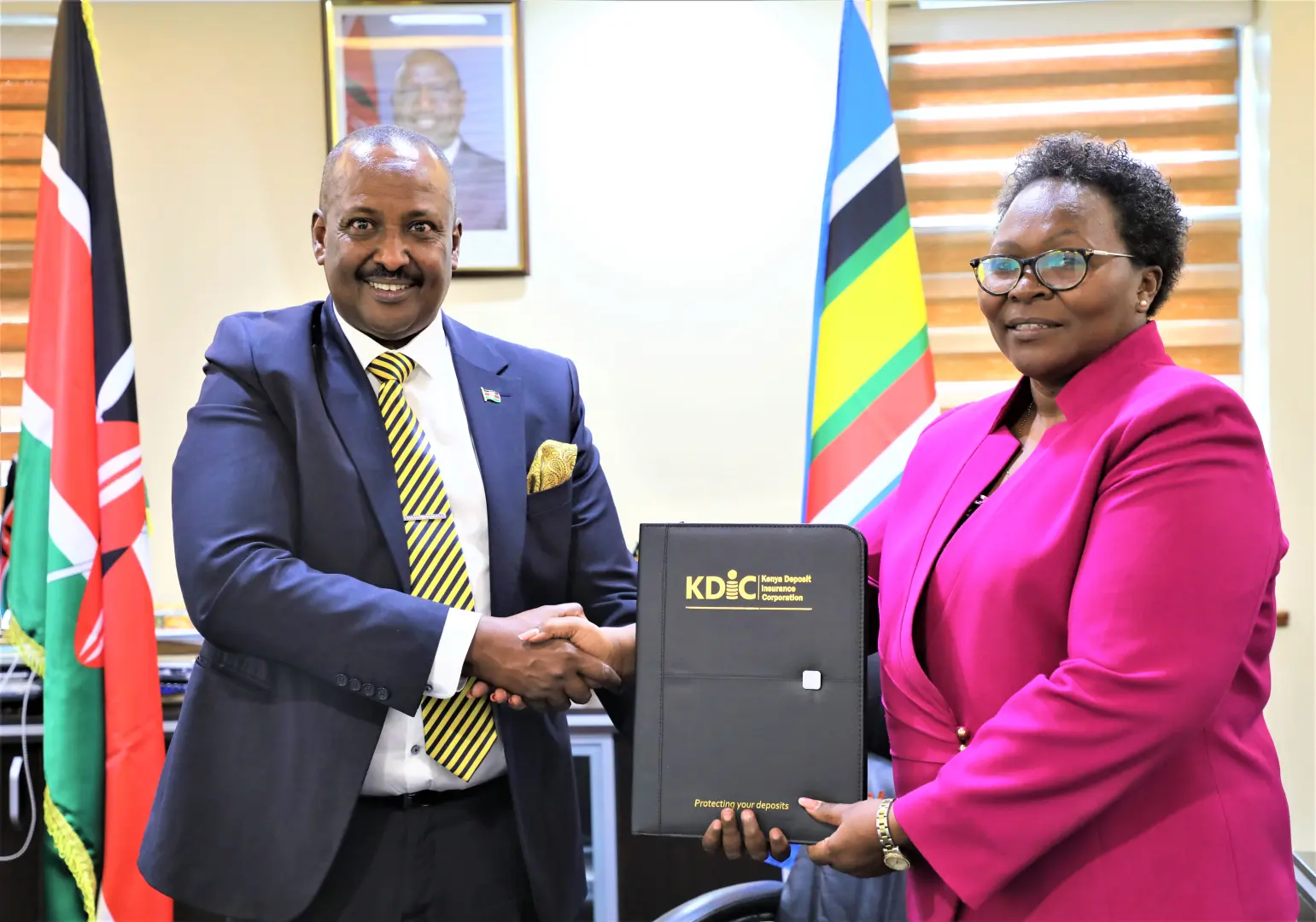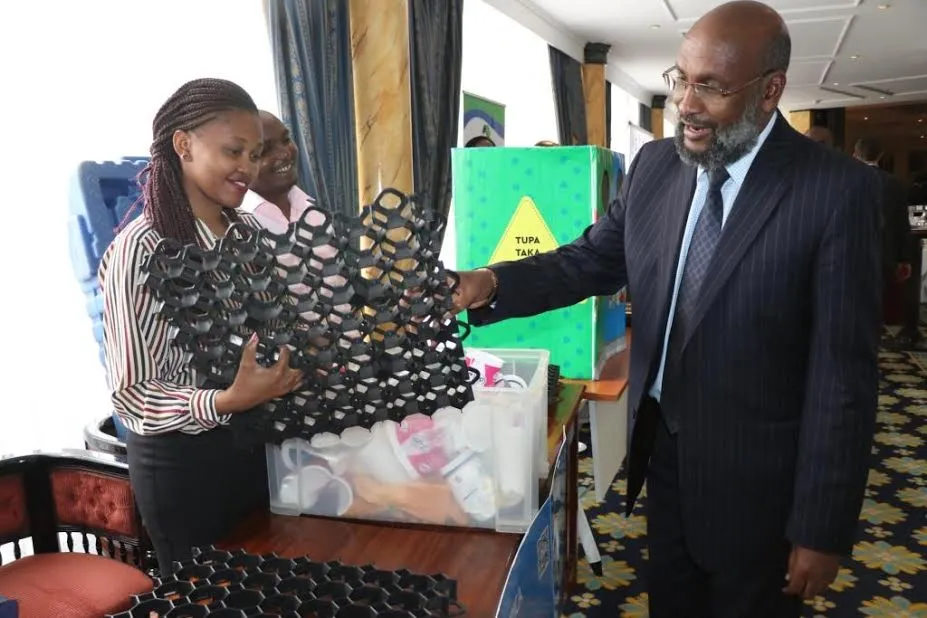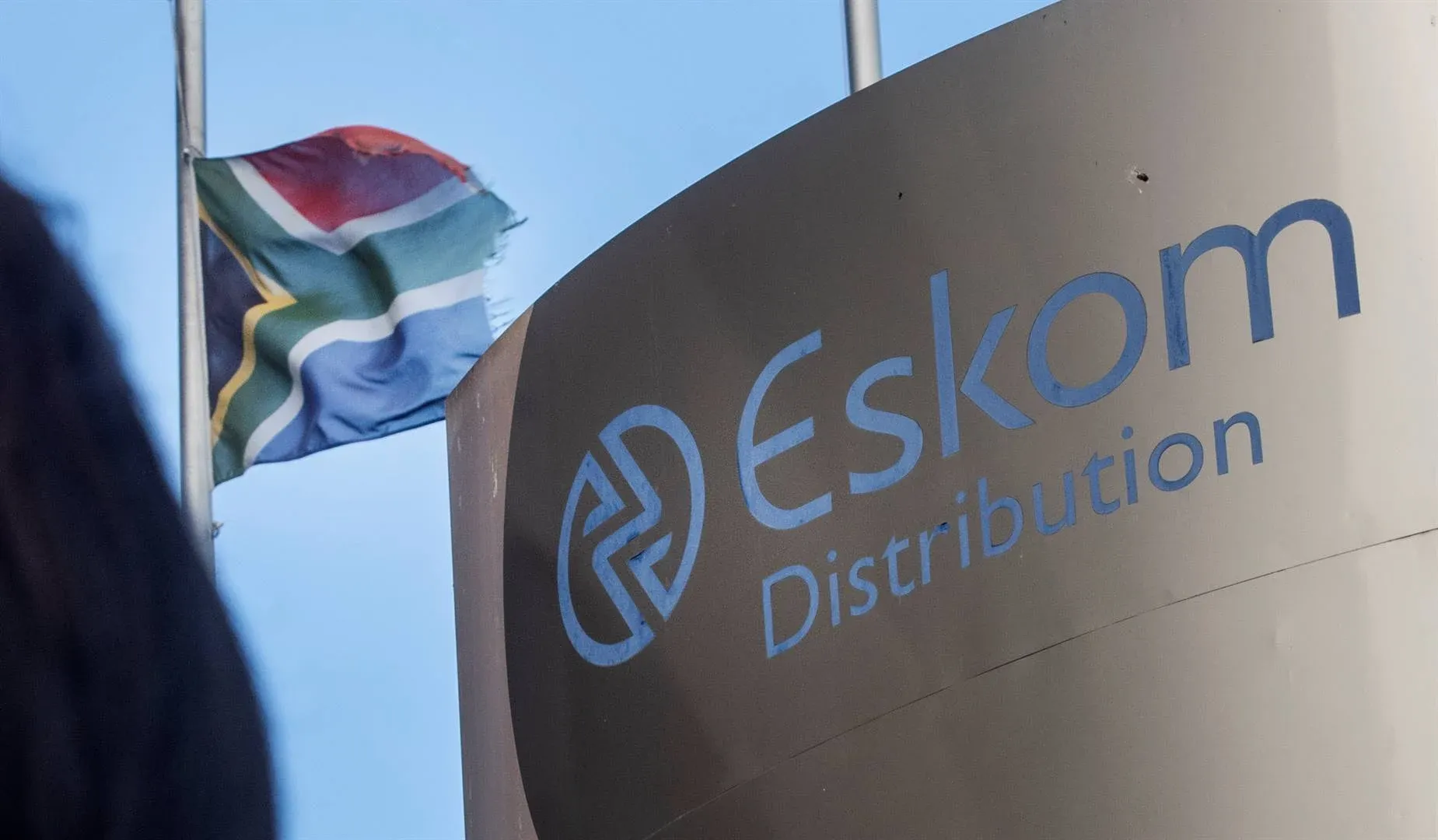Kenya’s financial regulators are pushing forward a landmark reform designed to reinforce trust in the banking and insurance sectors by doubling the maximum compensation payable to customers when institutions fail. The proposal, which forms part of the Kenya National Financial Inclusion Strategy 2025–2028, seeks to increase the Policyholders’ Compensation Fund (PCF) ceiling from KSh 250,000 to KSh 500,000 per claimant.
The move comes at a time when consumer trust has been weakened by fraudulent schemes, cyberattacks, and unethical lending practices, exposing vulnerabilities in Kenya’s financial system. According to regulators, increasing compensation will create stronger safety nets for small depositors, policyholders, and retail investors — the majority of whom fall within the proposed coverage threshold.
Build the future you deserve. Get started with our top-tier Online courses: ACCA, HESI A2, ATI TEAS 7, HESI EXIT, NCLEX-RN, NCLEX-PN, and Financial Literacy. Let Serrari Ed guide your path to success. Enroll today.
Why the Policyholders’ Compensation Fund Matters
The Policyholders’ Compensation Fund was established in 2005 under the Insurance Act to reimburse customers of insurers placed under statutory management or liquidation. It acts as the financial backstop when insurance companies collapse, covering both policyholders and third-party claimants.
Unlike voluntary insurance schemes, PCF is automatic and compulsory: every licensed insurer contributes levies to sustain the fund. Customers do not need to register separately; coverage is applied by default.
The proposed doubling of compensation limits from KSh 250,000 to KSh 500,000 reflects both inflation and rising average claim values. For many ordinary Kenyans, particularly those holding motor, medical, or micro-insurance policies, this higher cap provides meaningful assurance that their claims will be honored even in the event of insurer failure.
Lessons from Past Insolvencies
Kenya’s insurance sector has faced a string of insolvencies in recent decades, leading to painful losses for customers. Cases like Blue Shield Insurance and United Insurance left thousands of claimants uncompensated for years, eroding faith in the industry.
More recently, in 2024, the Insurance Regulatory Authority (IRA) placed Xplico Insurance Company under statutory management due to solvency challenges. The PCF stepped in, but compensation was capped at the existing limit of KSh 250,000. Many affected policyholders and third-party claimants with larger claims were left exposed, intensifying calls for reform.
By raising the ceiling to KSh 500,000, regulators hope to reduce the impact of such failures on households and small businesses.
Broader Reforms Beyond Insurance
Kenya’s strategy does not stop at insurance. Regulators are also considering a review of the Kenya Deposit Insurance Corporation (KDIC) limits for bank deposits, currently set at KSh 500,000 per depositor per institution. The KDIC, which insures accounts across 52 members (including commercial banks, microfinance banks, and one mortgage finance institution), already covers 99% of deposit accounts by number.
However, according to KDIC’s annual report, insured deposits represent just 14% of Kenya’s KSh 5.77 trillion deposit base — far below international best practice, which recommends at least 20%. Raising the limits would therefore improve resilience and bring Kenya closer to global norms.
In addition, the Investor Compensation Fund, which protects investors when brokers or licensed investment firms fail, recently had its limit increased from KSh 50,000 to KSh 200,000. This fourfold jump is part of a coordinated effort by regulators to provide more robust protection across the financial sector.
Rising Threats to Financial Stability
The need for stronger safety nets is underscored by persistent stress in the banking system. The Central Bank of Kenya (CBK) recently published a stress test showing that under a severe scenario, the non-performing loan (NPL) ratio could rise to 21.2%, potentially pushing six banks below capital adequacy requirements and creating a shortfall of KSh 5.1 billion.
At the same time, cyber risks are escalating. Kenyan banks have reported attempted cyberattacks running into billions of shillings in potential exposure, often targeting institutions already weakened by bad loans. As digital finance expands, the risk of cyber fraud overlaps with credit stress, making robust compensation mechanisms more urgent.
One decision can change your entire career. Take that step with our Online courses in ACCA, HESI A2, ATI TEAS 7, HESI EXIT, NCLEX-RN, NCLEX-PN, and Financial Literacy. Join Serrari Ed and start building your brighter future today.
Public Education and Awareness
Reforms to compensation schemes are being paired with public education campaigns to ensure citizens understand their rights and protections. The PCF has rolled out the “PCF Mtaani” initiative, which conducts community outreach in partnership with the IRA and KDIC. The goal is to demystify compensation processes, address misconceptions, and encourage more Kenyans to adopt formal financial services.
According to MyGov Kenya, the PCF is also digitizing claims processing, using automated platforms to speed up verification and payments. This modernization is crucial for building trust, as lengthy delays in past compensation cases often frustrated claimants.
Challenges in Raising Compensation Limits
Despite the clear benefits, raising ceilings also presents challenges:
- Funding pressures: Higher compensation limits require larger reserves. Insurers and banks may face increased annual levies, potentially affecting profitability.
- Moral hazard: Greater protection could reduce vigilance among depositors and policyholders, or encourage riskier practices by institutions relying on the safety net.
- Legislative hurdles: Changing statutory caps involves amending existing laws and regulations, which can be delayed by political processes.
- Uneven protection: Even with a KSh 500,000 cap, larger businesses and wealthy individuals will remain underinsured, leaving coverage gaps.
Implications for Kenya’s Financial Inclusion Goals
Kenya has made significant strides in financial inclusion, with mobile money platforms like M-Pesa driving access to financial services. Yet insurance penetration remains low at 2.3% of GDP, well below the global average of 7%.
By strengthening consumer protections, regulators hope to attract more first-time users into formal systems. For many Kenyans who still keep savings in informal groups such as chamas or avoid insurance altogether, knowing that deposits and policies are backed by statutory compensation may tip the balance in favor of formal adoption.
Global and Regional Comparisons
Globally, deposit and insurance compensation limits are regularly updated to reflect inflation, economic growth, and systemic risks. For example, in the United States, the Federal Deposit Insurance Corporation (FDIC) guarantees deposits up to US$250,000 per depositor per bank. In the European Union, the minimum harmonized limit is €100,000 per depositor.
Regionally, countries like Nigeria and South Africa have also been strengthening their compensation frameworks. Kenya’s decision to review and potentially raise its limits would therefore bring it in line with international best practices and enhance its attractiveness to investors.
Outlook
The proposals under the Kenya National Financial Inclusion Strategy 2025–2028 represent a systemic effort to strengthen consumer protection across the financial sector. By doubling compensation limits, expanding coverage to digital and pension accounts, and modernizing claims processes, Kenya is aiming to restore trust, boost confidence, and deepen financial inclusion.
The reforms will not eliminate all risks — systemic shocks, large corporate failures, and cyberattacks will remain a challenge. But by offering a stronger safety net, regulators are signaling to the public that financial institutions can be trusted with their money.
For Kenya’s financial system, this could be the confidence boost it needs to withstand turbulence while positioning itself as a more resilient and inclusive market in the years ahead.
Ready to take your career to the next level? Join our Online courses: ACCA, HESI A2, ATI TEAS 7 , HESI EXIT , NCLEX – RN and NCLEX – PN, Financial Literacy!🌟 Dive into a world of opportunities and empower yourself for success. Explore more at Serrari Ed and start your exciting journey today! ✨
Track GDP, Inflation and Central Bank rates for top African markets with Serrari’s comparator tool.
See today’s Treasury bonds and Money market funds movement across financial service providers in Kenya, using Serrari’s comparator tools.
Photo source: Google
By: Montel Kamau
Serrari Financial Analyst
2nd October, 2025
Article, Financial and News Disclaimer
The Value of a Financial Advisor
While this article offers valuable insights, it is essential to recognize that personal finance can be highly complex and unique to each individual. A financial advisor provides professional expertise and personalized guidance to help you make well-informed decisions tailored to your specific circumstances and goals.
Beyond offering knowledge, a financial advisor serves as a trusted partner to help you stay disciplined, avoid common pitfalls, and remain focused on your long-term objectives. Their perspective and experience can complement your own efforts, enhancing your financial well-being and ensuring a more confident approach to managing your finances.
Disclaimer: This article is for informational purposes only and does not constitute financial advice. Readers are encouraged to consult a licensed financial advisor to obtain guidance specific to their financial situation.
Article and News Disclaimer
The information provided on www.serrarigroup.com is for general informational purposes only. While we strive to keep the information up to date and accurate, we make no representations or warranties of any kind, express or implied, about the completeness, accuracy, reliability, suitability, or availability with respect to the website or the information, products, services, or related graphics contained on the website for any purpose. Any reliance you place on such information is therefore strictly at your own risk.
www.serrarigroup.com is not responsible for any errors or omissions, or for the results obtained from the use of this information. All information on the website is provided on an as-is basis, with no guarantee of completeness, accuracy, timeliness, or of the results obtained from the use of this information, and without warranty of any kind, express or implied, including but not limited to warranties of performance, merchantability, and fitness for a particular purpose.
In no event will www.serrarigroup.com be liable to you or anyone else for any decision made or action taken in reliance on the information provided on the website or for any consequential, special, or similar damages, even if advised of the possibility of such damages.
The articles, news, and information presented on www.serrarigroup.com reflect the opinions of the respective authors and contributors and do not necessarily represent the views of the website or its management. Any views or opinions expressed are solely those of the individual authors and do not represent the website's views or opinions as a whole.
The content on www.serrarigroup.com may include links to external websites, which are provided for convenience and informational purposes only. We have no control over the nature, content, and availability of those sites. The inclusion of any links does not necessarily imply a recommendation or endorsement of the views expressed within them.
Every effort is made to keep the website up and running smoothly. However, www.serrarigroup.com takes no responsibility for, and will not be liable for, the website being temporarily unavailable due to technical issues beyond our control.
Please note that laws, regulations, and information can change rapidly, and we advise you to conduct further research and seek professional advice when necessary.
By using www.serrarigroup.com, you agree to this disclaimer and its terms. If you do not agree with this disclaimer, please do not use the website.
www.serrarigroup.com, reserves the right to update, modify, or remove any part of this disclaimer without prior notice. It is your responsibility to review this disclaimer periodically for changes.
Serrari Group 2025












